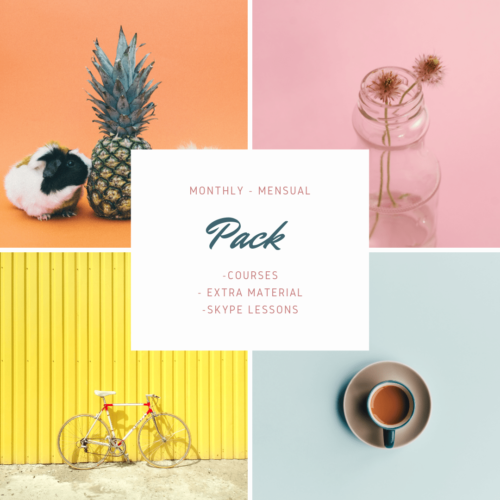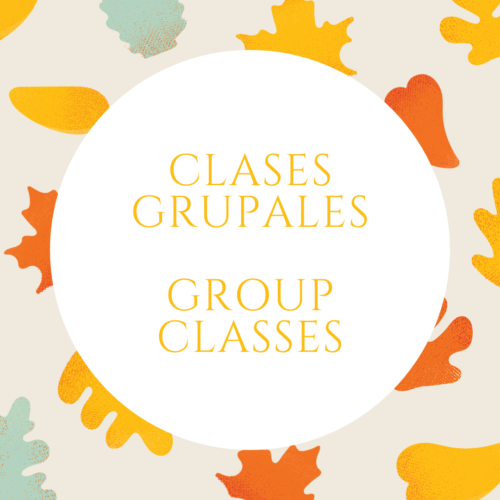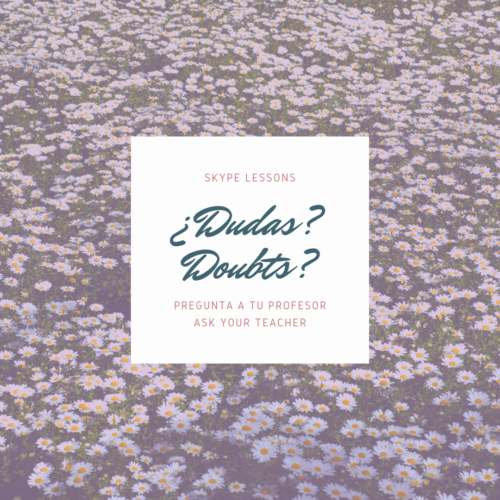The most difficult job for a language teacher is to make your students write a text. Therefore, most of the professionals in language teaching are constantly looking for creative ways to make our students improve their fluency and acquire vocabulary without having them die out of boredom. Sometimes we achieve this, that’s true, but sometimes you must write, and that’s that.
Other times, though, as you’ll see thanks to the method Millinguals, writing Spanish can be fun. In this post we propose different ways to learn how to practice the feared writing without ending up loathing Spanish.
Advantages of writing in Spanish
It’s well known (and repeatedly said) that writing is a huge part of our language learning process (whether it is the second language or the first). Few of us understand why this is such an important activity, though, when all one wants is to be able to speak in Spanish; “I ain’t writing in Spanish while on holidays!”.
On the contrary, writing not only makes you write better, it is also a great tool for learning how to speak properly, fluently, with an extensive vocabulary and a variety of expressions. In my experience, new vocabulary and structures aren’t assimilated in the speaking process, unless they are necessary. The fact is that, actually, when we talk we don’t need so many of them (expressions and new vocabulary). All of this plus the fact that, as language learners, we tend to get a bit nervous during conversations and that doesn’t help creativity (ie. we tend to opt for the expressions we know very well).
In short, writing in the target language is essential if you want to assimilate all of those Spanish words, expressions and structures that will make your Spanish perfect for a diplomatic event (or a chat in a tapas bar, as you wish).
First option: Write a diary in Spanish
When I was attending 7th grade at school, I had a subject called “intellectual work techniques”. Our teacher, Mr. Ezequiel (whom I will always remember for teaching me this “trick”) told us to write a in diary every day during the course. I had never done this before, so I don’t know where to start, but he explained that we could start by just saying what we had done that day.
This way, I started writing my daily events which weren’t many or at all interesting. Little by little, though, the diary changed and started to add impressions and feelings prompted by those events, or even future plans that came to mind because of them.
Why do I explain all this? Well, because thanks to this activity (and reading, but that remains for a different post) my expression, vocabulary and, in short, fluency in Spanish gained strength and beauty.
When I decided to go from an intermediate to an advanced level of English, i remembered this technique and put it in practice. From a certain point (I was around 18 back then) I decided that everything I’d write, I’d do it in English (also everything I’d read). It works, I can assure.
Second option: Make a Spanish student Portfolio
This is, by far, the best way to learn a language. It is interesting, instructive, amusing and very productive. It is, also, the one which requires more commitment.
Preparing a language student’s portfolio is similar to the classic “a notebook for each subject”, which means: It consists on using one notebook where you do all homework, tasks, writings, exercises related to Spanish. The difference is that you are the one in control of what to include in it.
If you have read our methodology, you’ll know that our method is based entirely on the student’s implication in their learning process. That is, what you learn following our method is your own merit, and your progress will depend on this implication. Millinguals is here to help, but you are the one doing the job.
Third option: Write in Spanish in our forum
As you know, the language exchange is one of the best ways to become fluent in a second language.
‘Normally, when we think on language exchange, we think on speaking, but it doesn’t have to be that way. If you visit our forum you’ll see that our students both of Spanish and English participate in different games, doubts about grammar, etc. This way, they learn vocabulary, modes of expression and they put it into practice with natives. The best part is that, as it just involves short paragraphs or even sentences, you can do it whenever you have a free moment (and access to the internet).
Fourth option: Use scrapbooking to visualize (and learn) Spanish
Scrapbooking, in case you are not familiar with the term, consists on making a visual diary. You might have noticed that stationery stores offer more and more crafts material, such as colour papers, sparkling glues and ribbons. Well, this is, in part, the reason why.
This option goes mainly to the initial levels and for those people who don’t find writing is an extremely appealing activity, as the writing can be reduced to short paragraphs, sentences or even words. But don’t forget that every approach to Spanish, whatever petty it may seem, is a great contribution to your learning process. You only need to enjoy it.
In a nutshell, what you have to do is decorate a notebook with stickers, ribbons, sketches, and of course, words (that will explain whatever you want).
This technique is specially recommended for very creative people.
Once we are in contact with the target language, we will find much easier to produce our discourse in it. Each of the techniques we propose on our posts, silly as they might seem, help you build a perfect command of Spanish. For all of these reasons, we encourage you to put them in practice and don’t forget to ALWAYS USE THE DICTIONARY, otherwise how will you enlarge your vocabulary?
Enjoy your language learning!













